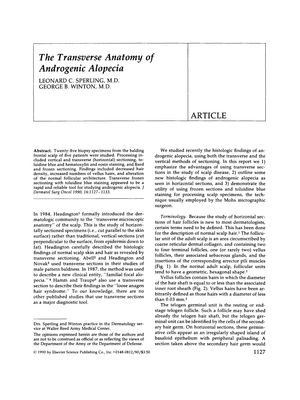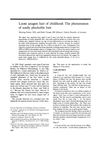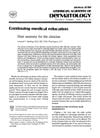The Transverse Anatomy of Androgenic Alopecia
December 1990
in “
The Journal of Dermatologic Surgery and Oncology
”

TLDR The study found that horizontal sections of scalp biopsies are better for analyzing hair loss, showing fewer hairs and more fine hairs in balding areas.
In the 1990 study, Leonard C. Sperling, M.D., and George B. Winton, M.D., analyzed 25 biopsy specimens from the balding frontal scalp of five male patients with androgenic alopecia. They found that transverse frozen sectioning with toluidine blue staining was a rapid and reliable method for studying the condition, revealing decreased hair density (about 111 hairs per cm²), an increased number of vellus hairs, and altered follicular architecture. The study demonstrated the limitations of vertical sectioning, which underrepresented the number of vellus hairs, and noted a mild inflammatory infiltrate at the level of the isthmus and infundibulum. The findings suggest that the number of follicles, best determined by transverse sections, may influence the prognosis of scalp disorders and the effectiveness of treatments like Minoxidil. Additionally, the telogen germ unit, visible in transverse section, could be mistaken for basal cell carcinoma, indicating the diagnostic value of transverse sections in dermatology clinics, especially those with a Mohs unit.




